
Searching for clues under the microscope to understand COVID-19
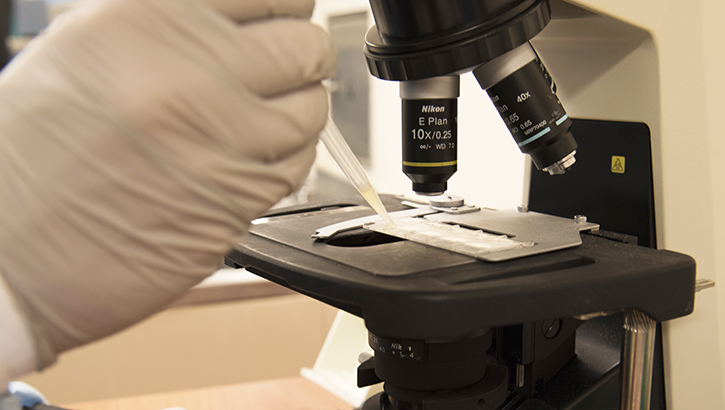
Pathologists at the Joint Pathology Center are searching for clues to understand how COVID-19 is harming patients. (U.S. Air Force photo by Staff Sgt. Matthew J. Wisher)
Pathologists at the Joint Pathology Center meticulously piece together clues to help health care providers better understand COVID-19. By studying tissue samples under the microscope, patterns emerge of the damage that the respiratory virus leaves in the human body, said Army Col. (Dr.) Joel Moncur, director of the JPC. The center consults with medical facilities in New York City on adult and pediatric cases of COVID-19 to help further unravel the mysterious effects of the disease.
Nestled within the Defense Health Agency, the JPC serves as the reference pathology lab for the entire Military Health System, the Department of Veteran’s Affairs, and the federal government on the most challenging cases, according to Moncur. By serving as a centralized review site, the pathologists at JPC compare findings across multiple patients and compile data in order to track disease trends that may affect the fighting force, he added.
With 19 subspecialties, JPC’s pathologists provide expertise in all the major organs of the body, including the lungs. “By looking through a microscope at tissues, we can learn if a disease is related to inflammation or if it’s cancerous and, if it is cancer, if it is slow growing or highly aggressive,” explained Moncur.
COVID-19, a type of coronavirus, ravages the human body in new and unprecedented ways—from causing blood clots and lung damage to creating dangerous immune responses in adults and children, according to Moncur. “Pathology has an enormous amount to contribute because if we can understand the disease, then it’s possible to suggest logical treatments and potential methods of prevention,” he said.
JPC’s long history provides many examples of pathologists playing a key role in changing the way the medical and scientific communities view disease. “In fact, many of the pathologists at the JPC have made discoveries that are now part of the official classifications of diseases as a result of their thoughtful observations,” he said, adding that an average of 70% of medical decisions for any patient result from laboratory testing and analysis.
Like detectives, pathologists search for evidence within tissue samples, but those at JPC also use the lab’s rich historical data to help tell the story of a disease or outbreak. The center maintains the world’s largest collection of preserved human tissue samples, going back to 1917, said Moncur. An official audit in 2006 found over 55 million glass slides and at least 35 million tissue block samples. These samples span every major epidemic and pandemic in the past century, including the 1918 Spanish flu pandemic. In fact, according to Moncur, in 1997 a scientist using tissue from the JPC repository published research stating that a novel H1N1 influenza virus served as the source of the so-called Spanish flu, which killed over 50 million people, and that a bacterial pneumonia acted as a common secondary cause of death. “It was really significant information because it changed the face of public health from that point forward,” he added, noting public health scientists have used information from that research to help prevent future outbreaks.
Working in collaboration with civilian medical facilities in New York City, JPC pathologists scour for clues to understand COVID-19. JPC pathologists also work with researchers at the U.S. Army Medical Research Institute of Infectious Disease, the Uniformed Services University of Health Sciences, and the National Institutes of Health to analyze and study how COVID-19 causes damage within the body.
The JPC is part of the DHA's National Capital Region Market. Markets are groups of military treatment facilities in specific regions of the United States that operate as a system, sharing patients, staff, administrative functions and budgets across facilities to improve coordination in the delivery of military health care.
“By examining the tissues, we hope to understand how COVID-19 is harming patients and understand the second and third order of effects of that infection, just like with the 1918 flu,” said Moncur. “That information can point to possible treatments that could be investigated.”
MHS Beneficiaries Turn to Online Resources to Manage Personal Care During Pandemic
Article
6/12/2020

The TOL PP team added several COVID-19-related enhancements to the portal.
Air Force International Health Specialists bring experience to pandemic response
Article
6/12/2020

Stepping out of your comfort zone and being part of the larger DOD mission is crucial to grow as a military medic.
Coming together during a pandemic to provide life-giving blood
Article
6/11/2020

Service members step up as blood drives adapt to COVID-19 guidelines
Time to Telework. How is it Working?
Article
6/11/2020
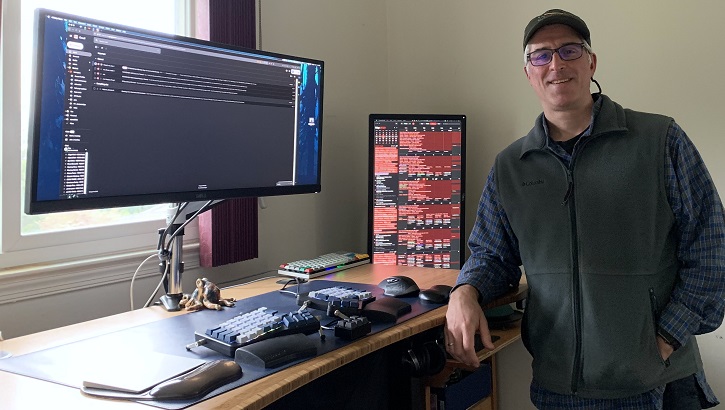
Whether young or old, a first-timer or seasoned teleworker, the experience has been insightful for all.
Air Force medical recruiting up while recruiters, applicants serve their communities
Article
6/10/2020
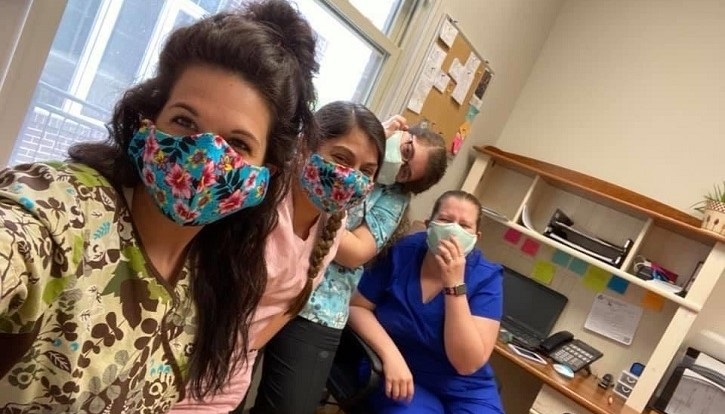
The pandemic is increasing unemployment rates, driving many people to seek career paths in health sciences and military medicine.
A Determined Descendant and a Navy Hospital's Response to COVID-19
Article
6/9/2020
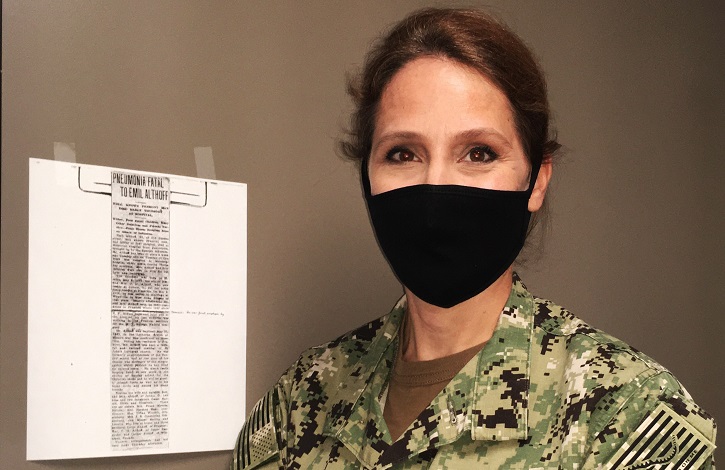
Althoff and her team at the Quality Management directorate serve as a locus of coordination for clinical support operations.
Genetic sequence data for SARS-CoV-2
Infographic
6/5/2020

Genetic sequence data for SARS-CoV-2, the virus that causes #COVID19, plays a vital role in force health protection efforts within the DoD. To jumpstart sequencing efforts, the Armed Forces Health Surveillance Branch's Global Emerging Infections Surveillance and Response applied a collaborative approach to sequencing capabilities. Resulting sequence data will provide critical information about transmission patterns, track diagnostic effectiveness, and guide the development and evaluation of medical countermeasures.
Putting talent to work
Article
6/5/2020

One seamstress took it upon herself to create face coverings for her colleagues.
DoD Establishes Collaborative Virus Genetic Sequencing Capability for COVID-19
Article
6/5/2020
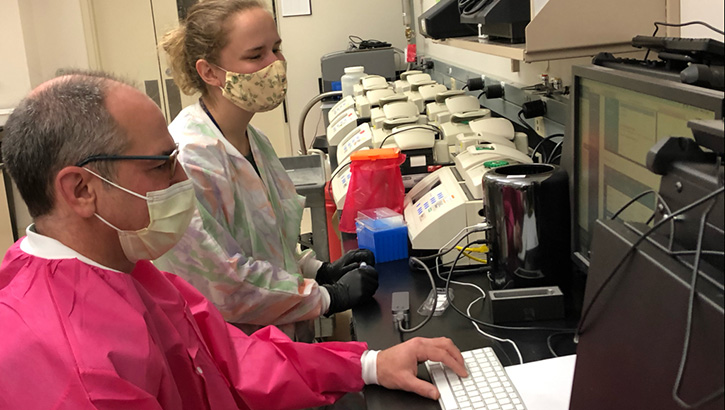
COVID-19 sequencing process will provide military commanders and other DoD leadership with critical information to guide force health protection decision-making.
Communication to ABA Providers Regarding Continued Temporary Authorization to Utilize Telehealth for CPT Code 97156 During the COVID-19 National Emergency
Publication
6/3/2020
TRICARE is announcing the continuation of the temporary exception to policy regarding the use of synchronous telehealth (TH) capabilities (both audio and video) for Applied Behavior Analysis (ABA) Family Adaptive Behavior Treatment Guidance services specifically during this COVID-19 pandemic.
WRNMMC Operates Drive-Up Immunization Clinic
Article
6/3/2020
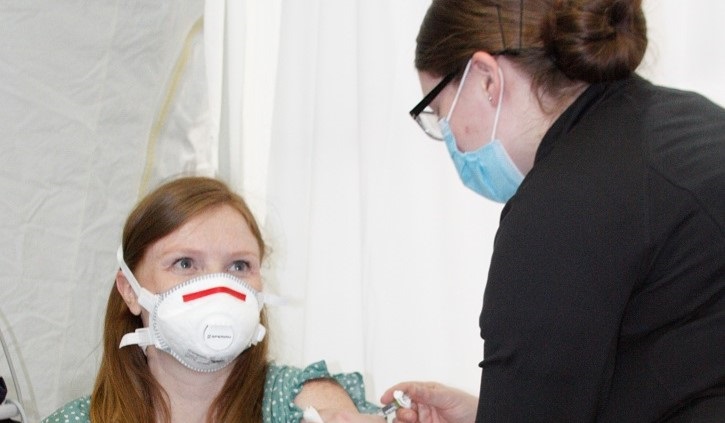
Parents and others (are encouraged) to maintain their immunization health during COVID-19.
TRICARE Reserve Select (TRS) Health Plan Reinstatement During COVID-19 National Emergency
Fact Sheet
6/2/2020
Fact sheet explaining that explaining that TRICARE Reserve Select beneficiaries now have five months to reinstate terminated coverage after their last paid-through date before a 12-month lockout period will apply.
The 150th Security Forces Squadron supports NM COVID-19 response effort
Article
5/29/2020
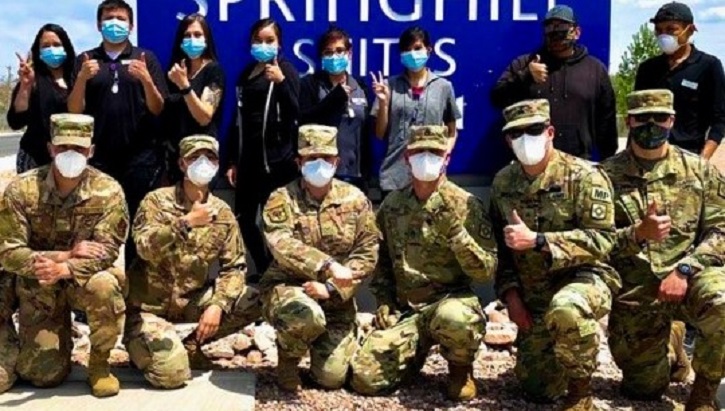
The 150th Security Forces Squadron and the New Mexico National Guard’s Joint Task Force COVID-19 are providing support that may not otherwise be available to New Mexico communities and their citizens.
Building Your Mental Health Through Resiliency
Article
5/29/2020
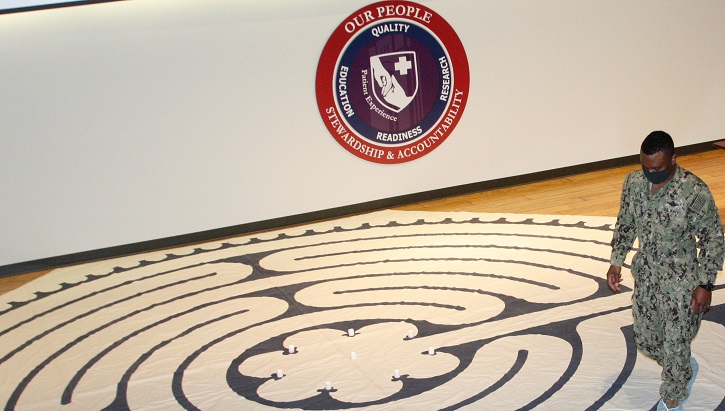
Being able to think about things from a different perspective is critical.
DoD experts address COVID-19 effects on mental health
Article
5/29/2020
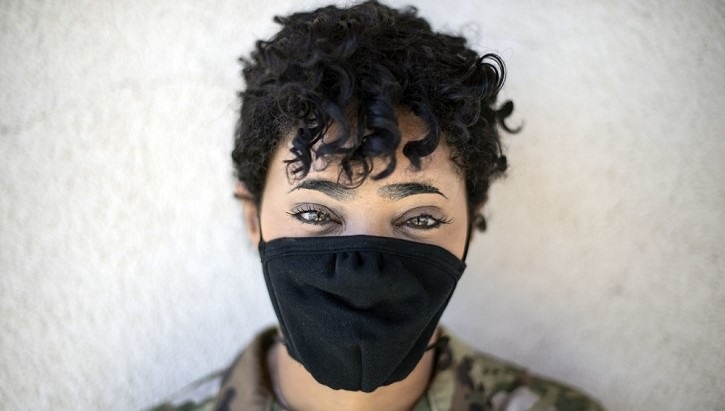
As the world adjusts to a new normal, here’s how to keep mentally healthy.






















.png)











No hay comentarios:
Publicar un comentario